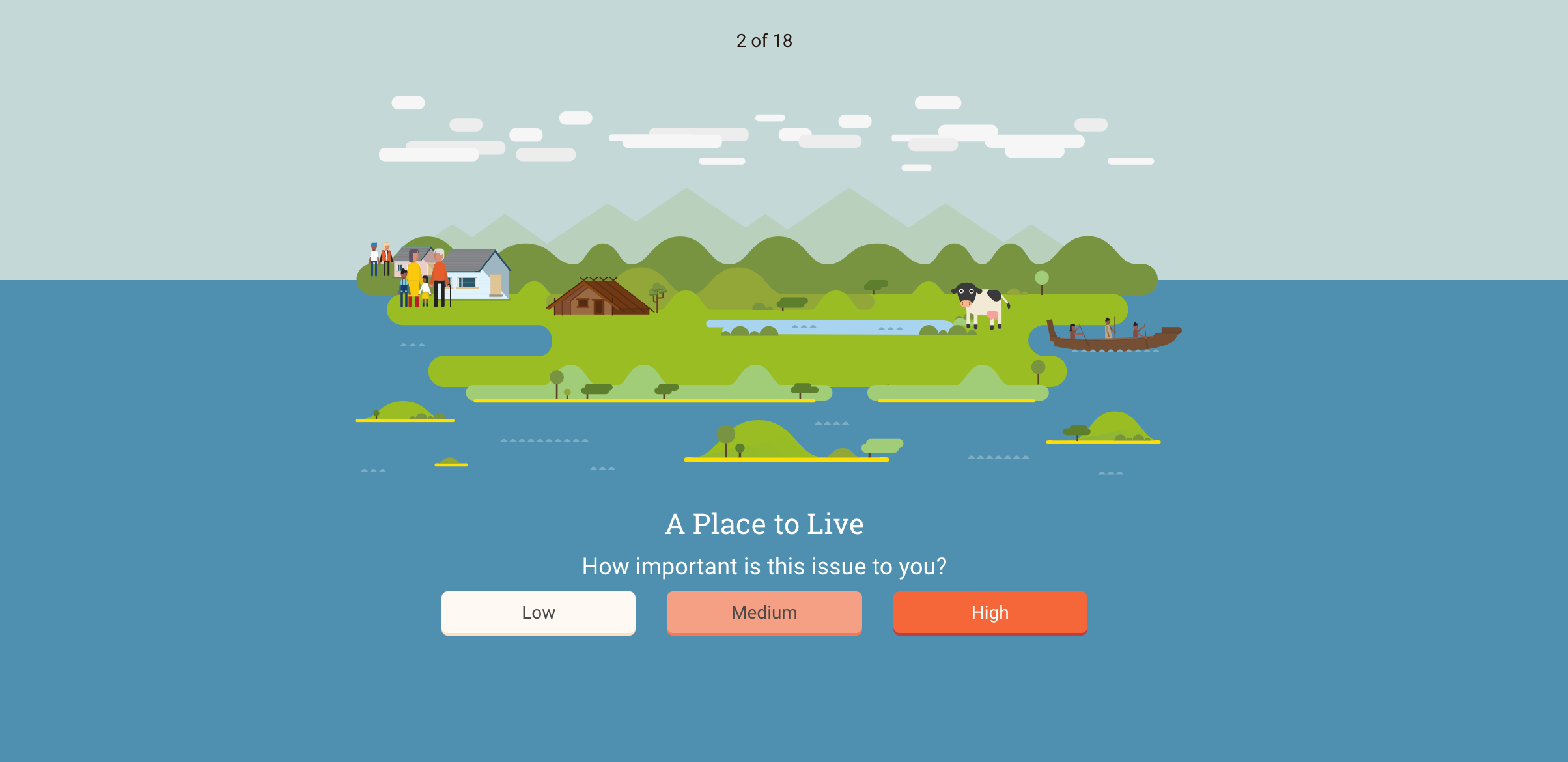Igniting a Passion for Democracy: On the Fence
Written by Lana Lopesi
Designers—as communication specialists and image-makers—build election campaigns as we know them. They communicate political messages to the masses, and create pathways from the public to the politician. A voter’s initial impression of a candidate is often a visual one. If designed well, images, slogans or even hashtags can “embody ideological values or altruistic meaning—directly or subliminally—allowing a candidate to be represented no matter where they are.”
While design and election campaigns have gone hand in hand, since what seems like forever, a slightly newer phenomenon is online tools which both politicise and inform the public. This recent article from The Spinoff overviews four online tools, one of which is their own, Policy. These tools respond to a decline in voter turnout in our General Elections, specifically those between the age of 18-29 with only 47% of young people turning out to vote in 2014. The research points to both “a lack of information about political parties and what they stand for” and “a lack of understanding of the Government’s importance and relevance” as an explanation.


One tool making waves with youth voters is On the Fence, which in 2014 “contributed to a 7% rise in youth voter participation in the New Zealand General Election.” With the aim of supporting young Kiwi’s to become voters, the site guides you through a values-based questionnaire to match the user with political parties standing in the General Election. “It provides information about these parties and their values, explains what the Government does and raises awareness of the election in general.”
The design of On the Fence pulls on imagery specific to Aotearoa to draw out election issues. The green, mountainous island in a big blue ocean includes visual references to our ecology and wildlife, infrastructure, public transport, sustainable energy sources, farming and Te Tiriti o Waitangi. The questionnaire itself is set up on a slider, this visualisation introduces election issues to young voters as sitting on a spectrum rather than being a polarising either-or situation, which is the common myth.
On the Fence is designed by the Design+Democracy Project, a research unit established within Massey University’s College of Creative Arts. In 2013, New Zealand’s Electoral Commission called on academic and research communities to respond to declining voter participation and so the Design+Democracy Project was formed. Their mission states:
We believe that the issue of low voter turnout is not only the responsibility of governments or councils — it is one that we all share as citizens. The Design+Democracy Project reckons design research can make a real contribution We work in partnership with industry, government, and the social sector to ignite a passion for democracy in young people through user-centred design.

The Design+Democracy Project, join design agencies and organisations world-wide that aim to tackle issues of voter turnout. One such project is Get Out the Vote by the American Institute of Graphic Arts or AIGA. First launched in 2000, in reaction to the low voter turnout in America (voter turnout was 57.9% in the 2016 US election), Get Out the Vote invites designers to create original posters with the hope of increasing the number of those hitting the polls.
One designer involved in the 2016 Get Out the Vote project was the prolific American graphic designer Milton Glaser. When asked if his poster was “a way of calling on your fellow designers to be more engaged citizens”, he answered, “I always try to convince my fellow designers that the role of design is not to persuade, it’s to inform. I believe that deeply.” He went on to say, “I don’t necessarily have an expectation [for the poster], but I hope it has an effect. That someone, somewhere will be affected by it and vote. And if it’s 10 people, that’s better, and if it’s 1,000 people, that’s even better.”
Both On the Fence and Get Out the Vote are examples of designers seeing the real-world influence that design can have on the mobilisation of the public. Design’s long-lasting relationship to politics, positions it as the perfect agent to create change and in this instance “ignite a passion for democracy”. Design has a legitimate role in changing things, if we create it to be that way.
This election year, Emma Ng, has been providing some great coverage on the connection between design the 2017 New Zealand election as a part of Design Assembly’s, Aotearoa Design Thinking Series.



